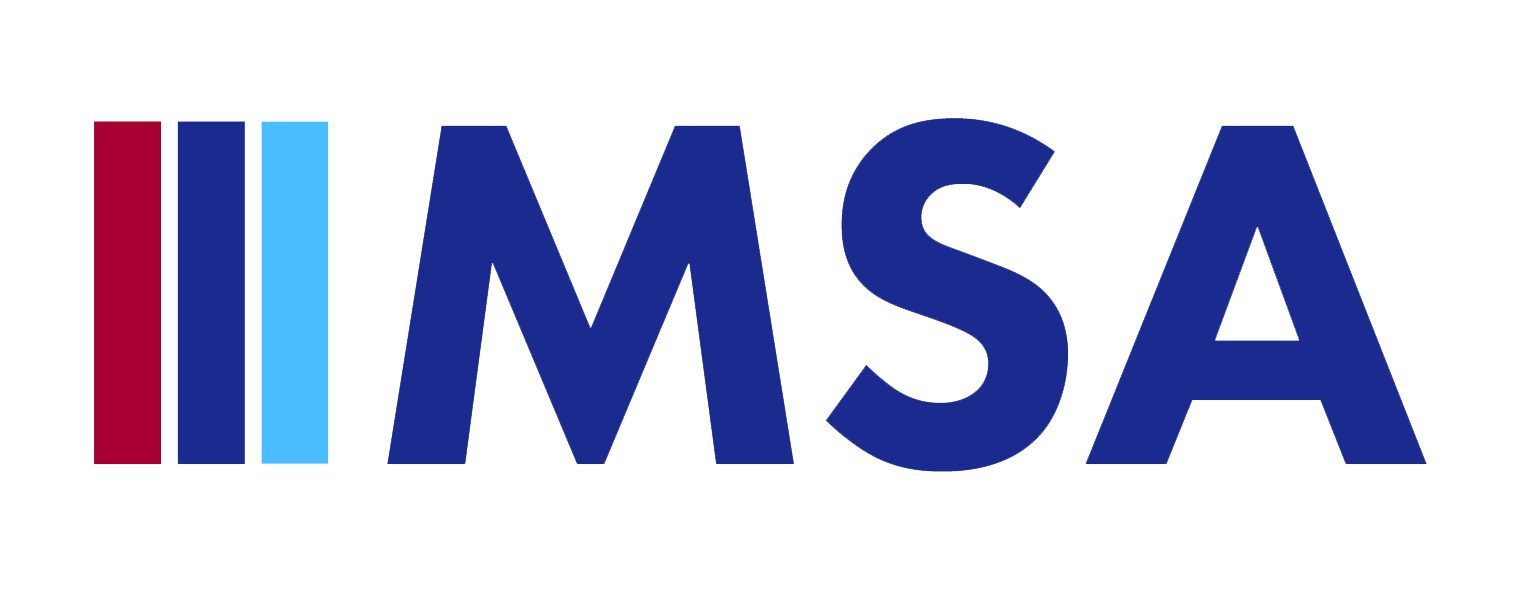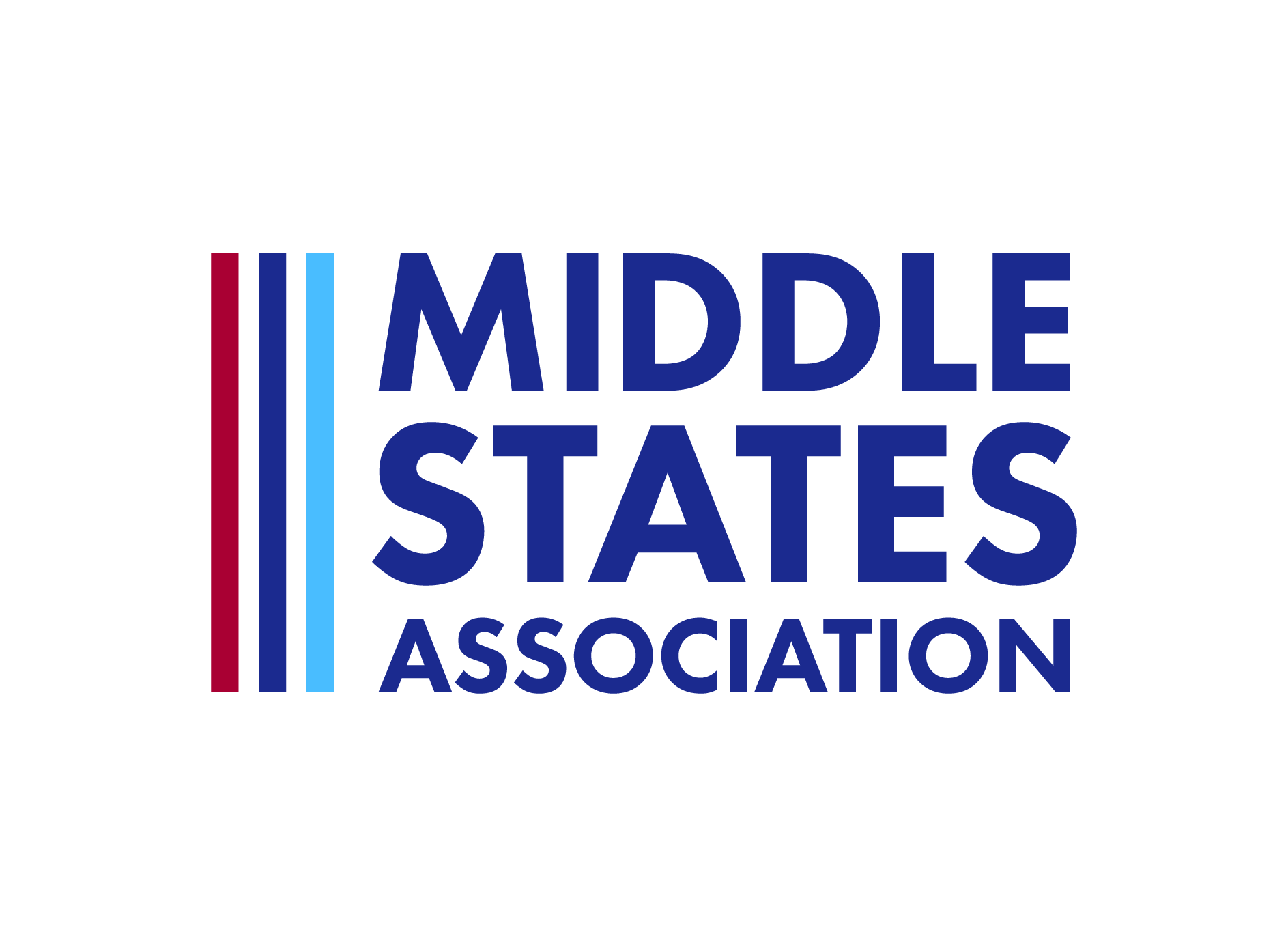Since 2002, the New Media Consortium, the Consortium for School Networking, and the International Society for Technology in Education have collaborated to publish the NMC Horizon Report to identify and describe emerging technologies for teaching and learning. In the 2013 K-12 edition, an advisory board of 55 international experts reached consensus regarding topics which will have a significant impact on the practice of primary and secondary education around the globe.
The NMC Horizon Report identifies six distinct categories of topics over the next five years:
- On the near horizon (within the next 12 months)
- cloud computing
- mobile learning
- On the mid-term horizon (two to three years out)
- learning analytics
- open content
- On the far horizon (four to five years away)
- 3-D printing
- Virtual and remote laboratories
The Advisory Board also considered a long list of challenges facing schools adopting any new technology. The Report indicates that “It was clear from the discussions with the experts that behind the challenges…is also a pervasive sense that local and organizational constraints are likely the most important factors in any decision to adopt — or not to adopt — a given technology.”
It is hard to ignore the fast-pace of technology. It is equally hard to avoid the dependence society has placed on the need to embrace cutting-edge information tools. The result has developed into an obligation for schools to invest in technology.
In a recent Education Week blog, Justin Reich, technology researcher, conceded that his recommendations for educational reform would be expected to be related to the use of technology in schools. However, his top-three list focuses on school readiness, assessing less frequently and more effectively, and support for continuous improvement to pedagogy and curriculum. Reich notes:
I find that the emerging technologies are a particularly useful vehicle for stimulating new thinking among faculty around curriculum and pedagogy. The physical presence of new devices symbolizes the changing demands of the civic sphere and labor market and gives teachers permission to re-examine their practice. Technology is kind of a Trojan Mouse, where you can start a conversation by talking about devices and then shift quickly to addressing fundamental questions of teaching and learning.
Technology challenges for schools in the NMC Horizon Report include professional development in technology, and using technology to improve assessment practices.In staying ahead of the curve, consideration of technology as a tool to support best practices in education must stay at the forefront of the discussion. After attending the Reimagining Education: Empowering Learners in a Connected World May conference in Washington, D.C., Arne Duncan blogged that making the latest technologies available and integrated into learning environments is critical to student success, but cautioned: “This doesn’t mean diminishing the role of teachers.” With resources – including time – at a premium, educators will also be challenged to weigh investment in technology against investment in human capitol in the mission of public schooling.

